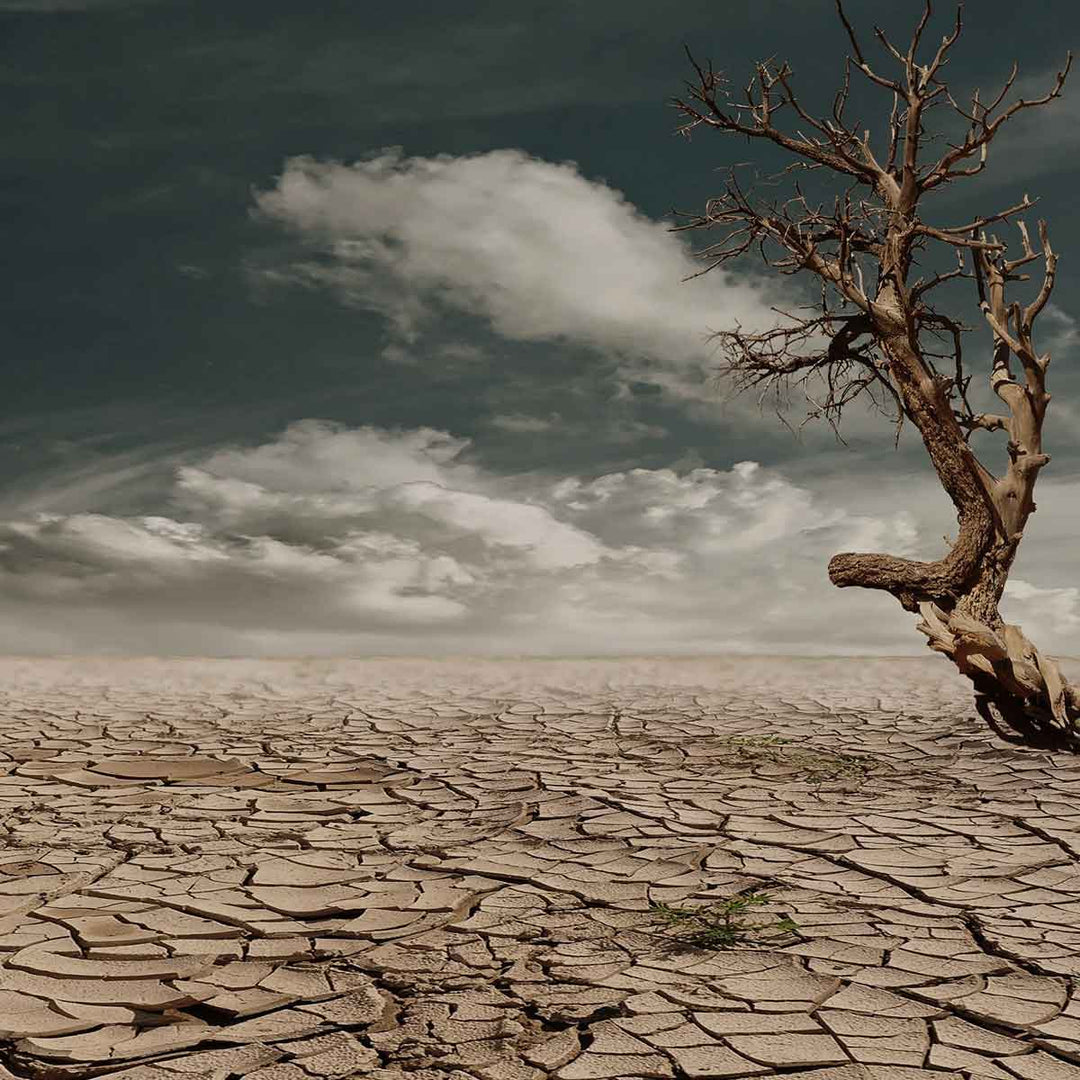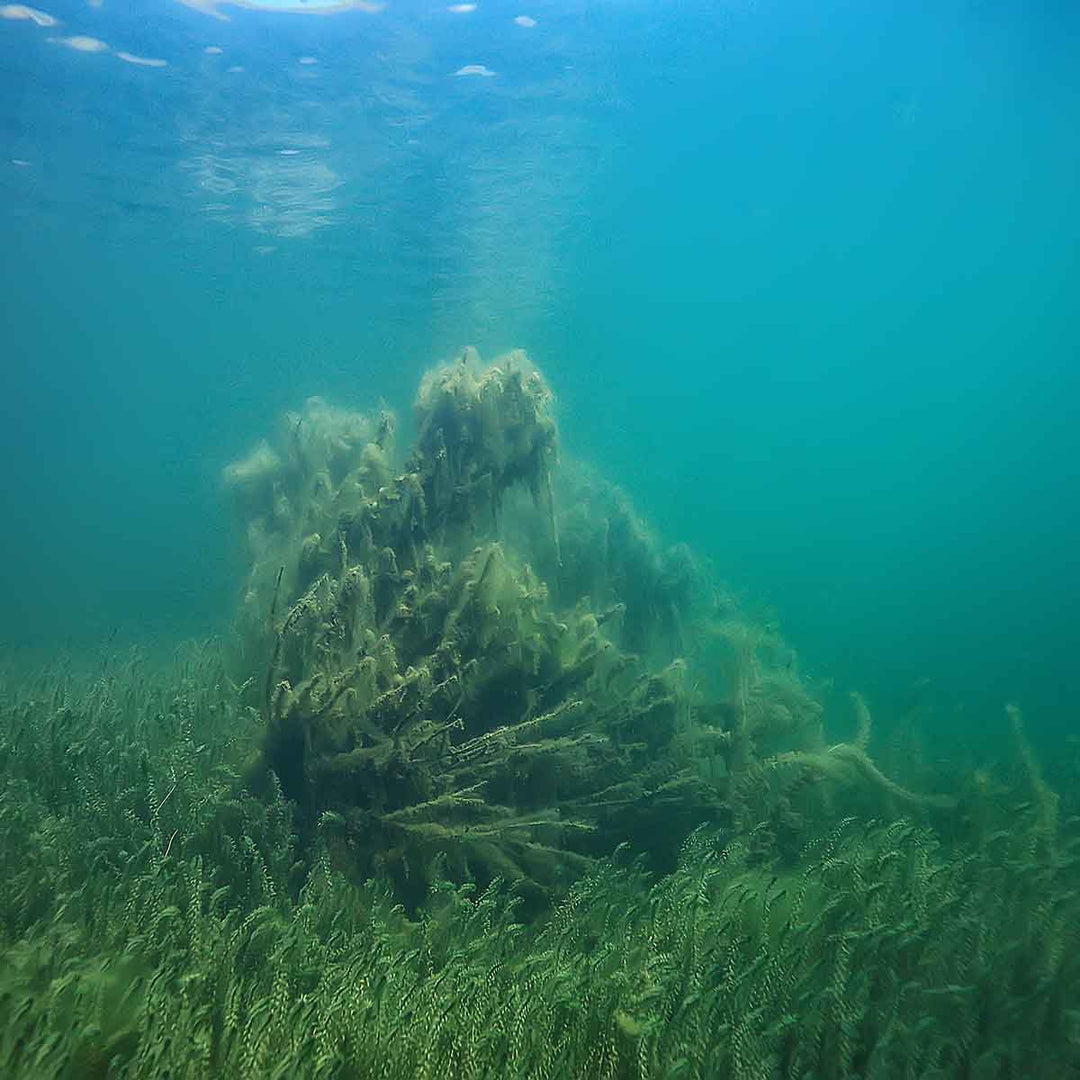What is Hydroponic Agriculture?
Hydroponics agriculture ensures that products are obtained without being affected by natural disasters such as drought and floods. It stands out as a method that has started to be preferred in recent years in order to grow plants in a healthy environment. The answer to the question of what hydroponic agriculture is, which is wondered by many people, is extremely simple. This is the method of growing plants containing the nutrients necessary for development by using them in different solid and liquid environments where soil is not available. In soilless production, an artificial environment is provided to the plants to be grown. At the same time, it is aimed to provide these products with the ideal amount of air, water and nutrients as well as physical support. Using this method, a production process that is both beneficial to nature and efficient can be created.
How is Hydroponic Agriculture Done?
Many people wonder the answer to the question "How is hydroponic farming done?". In these applications, seedlings are not planted on any ground. Specially prepared containers are used for planting plants. Plants are placed in these materials called rock wool. The substance in question allocates the necessary conditions for development thanks to its water retention feature. Those who want to apply this method are also looking for the answer to the question of what are soilless agricultural materials. Among the main equipment required to carry out the process; the control unit that ensures the application of water and nutrient solution, the tanks containing the nutrient solution can be counted. In addition to these, the channel, bag or pot where the plant roots will stand and the irrigation system are among the necessary materials for soilless agriculture. In modern greenhouses, in addition to all these, air conditioning devices are also used to apply techniques such as heating, fogging and carbon dioxide enrichment.
Is Hydroponics the Farming of the Future?
Thanks to high-tech innovations, it is extremely easy to grow plants without soil. This method has become preferred all over the world because it provides the support, nutrients, air and water that plants need to grow efficiently. The need for this system is increasing day by day due to the difficulty of soil-based agricultural activities. Hydroponic farming can be characterized as the farming of the future based on the advantages and conveniences it provides. For those who long for nature and greenery in high-rise apartments in big cities, there are various alternatives to apply this method. You should acquire the necessary equipment for hydroponic farming at home. It is possible to grow strawberries, lettuce and green leafy vegetables on your balcony or terrace with products offered for sale in special kits. These products offer an important opportunity to show your children agricultural activities and let them witness the development of plants. You can also choose to carry out soilless farming activities in the greenhouse. In applications carried out in this way, plant production is realized in a short time and in a controlled manner by creating suitable conditions.

What are the Impacts of Hydroponic Agriculture?
Hydroponic farming activities have become more important due to rapidly increasing population and seasonal droughts. In this method, the amount of water needed to obtain more yield from plants is also low. Thus, the level of need for natural resources decreases. This is a very positive outcome for our planet. The cost of hydroponics is lower than traditional methods. Thus, farmers' expenses are reduced. The time between harvests is shorter and the flowering period can be easily controlled. This method is recommended for the efficient use of soil and water.
What are the Advantages of Hydroponic Agriculture?
Among the advantages of soilless agriculture, the first place is soil and water conservation. This method is also beneficial in preventing soil erosion. It also reduces the use of pesticides and makes it possible to minimize food loss under controlled conditions. Hydroponics allows you to increase the density of plants per unit area. This increases production capacity and makes it possible to obtain more products. Thus, the likelihood of risky situations such as famine is significantly reduced. In environments where there is no soil, weeds and insects cannot reproduce. Thus, plants grow in healthier conditions. Thanks to this method, the nutrient and moisture balance of the plants reaches ideal levels and their taste increases. Hydroponics also means that you don't need to do extra work such as fertilizing, spraying and watering. This facilitates production processes in terms of both cost and labor. This method minimizes the level of soil contamination. As a result, it is easier for organic waste to disappear in nature.
Are there any disadvantages of soilless agriculture?
Applying this method by evaluating the advantages and disadvantages of soilless agriculture provides results that will increase the level of satisfaction. In order for the system to work under favorable conditions, it must be located on a slope and close to water. This can lead to excessive costs in the first place. Expense items such as greenhouse installation, irrigation channels and computerized operating system also incur various costs. Finding qualified personnel to work in this field can also be challenging at times. The hydroponic farming system must be constantly monitored. Only in this way can a smooth and error-free production environment be created. In regions without geothermal energy, high costs may arise in terms of heating greenhouses. In addition, the method is not suitable for growing root crops such as potatoes and carrots.
How Do Hydroponic Agriculture Systems Work?
In order to apply this method, healthy growth conditions are first created in containers prepared for seedlings. Since the system works depending on the computer, the manpower required is small. Thanks to the guidance of the software, the amount of nutrients, water and air required by the plant is met. Although the working logic of this system, which provides advantages for environmental protection and ecological life, seems simple at first glance, it diversifies according to the conditions. In hydroponic systems, the growing environment of plants is water. All roots remain in the liquid. The nutrients added to the water at certain intervals by the computerized system allow the plants to grow in a short time. Technical know-how and experience are required to realize this system. For systems using substrate, various materials such as rock wool, peat moss and vermiculite are preferred. These support the roots and ensure that the necessary nutrients are efficiently transferred to the plants.

What are the Limiting Factors of Hydroponic Agriculture?
Hydroponic agriculture aims to provide the most ideal conditions during the cultivation of plants. By evaluating the existing data, it determines what the plant needs during flowering, growth and development periods. This system, which is a product of high technology, actually reveals an understanding that interferes with the natural process. Plants grow in a standardized way with this method, while in the natural environment they develop in parallel with the season, soil and other conditions. The smallest disruption in the implementation process can disrupt the entire cycle. This can damage the structure of the seeds. This is one of the main limiting factors of hydroponics. In addition, the method can lead to the destruction of biodiversity. It is important that agricultural investments made with the future in mind are also considered in terms of preserving the characteristics of plants. A fabrication-based production method may not provide a long-term solution for growing foods such as fruits and vegetables. For this reason, although soilless agriculture is considered as an alternative to traditional methods, it should not be ignored that this method has limiting factors. Sustainable agricultural activities need to be implemented with an understanding that protects nature in order to create lasting solutions.
If you are interested in preserving the nature further, check out out towels!













